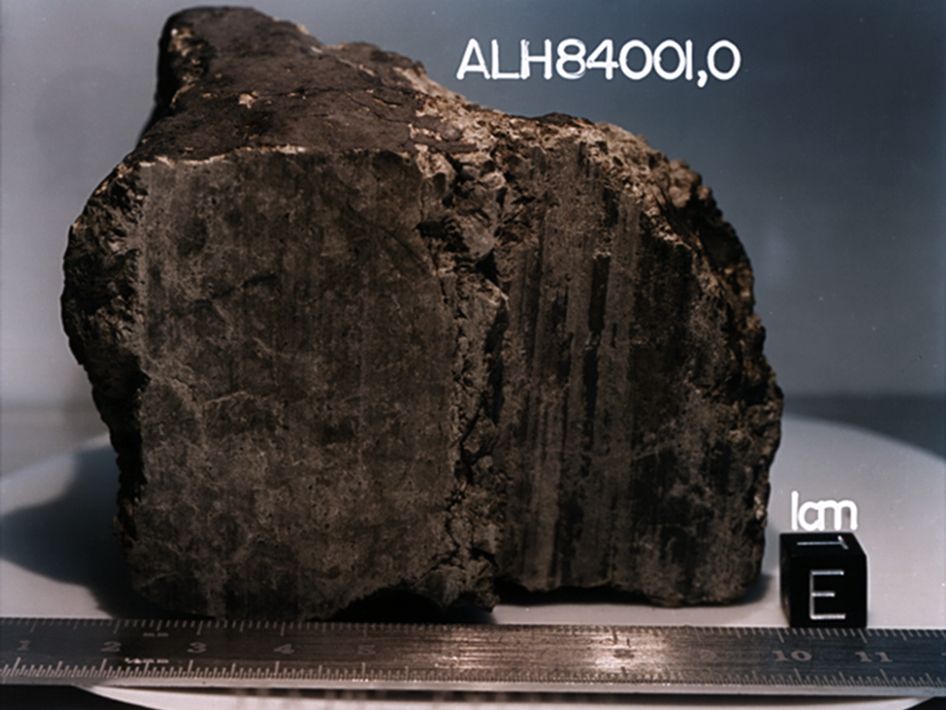Panspermia
is the hypothesis that life exists throughout the universe,
distributed by meteoroids, asteroids, comets, planetoids and also by
spacecrafts in the form of unintended contaminated by microorganisms.
Panspermia hypothesis propose that microscopic lifeforms that can
survive the effects of space, such as extremophiles, can be become
trapped in debris ejected into space after collisions between planets
and small solar system bodies that harbor life. This idea of
hypothesis was first put forwarded by a Swedish scientist, Svante
August Arrhenius in 1903 and that was developed by an English
Astronomer Fred Hoyle and an Srilankan British Astrobiologist
Chandra Wickramsinghe in 1974.
 |
| Svante August Arrhenius |
They
proposed the hypothesis that some dust in interstellar space was
largely organic that containing carbon, which later proved to be
correct. They also further explained that lifeforms continue to enter
the Earth's atmosphere and may be responsible for epidemic outbreaks,
new diseases and the genetic transfer necessary for the macro evolution. Evidence of Martian meteorites found in Antarctica
show the extremophile microbes survival in outer-space tests that
supports the hypothesis theory of panspermia.
  |
| Marian Meteorites in Antarctica and Extremophile microbes found on it | | | |
The
panspermia hypothesis theory does not explains about how life first
originated, but merely shifts it to another planet or a comet or
another celestial body. In 2009, English physicist Stephen William
Hawking stated his opinion about what humans may find when venturing
into space such as the possibility of alien life through the theory
of panspermia: “Life could spread from planet to planet or from
stellar system to stellar system, carried on meteors.”






Comments
Post a Comment